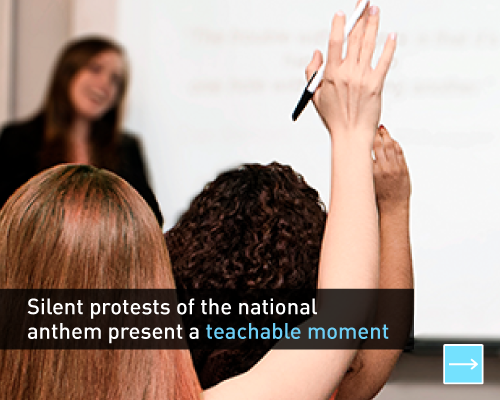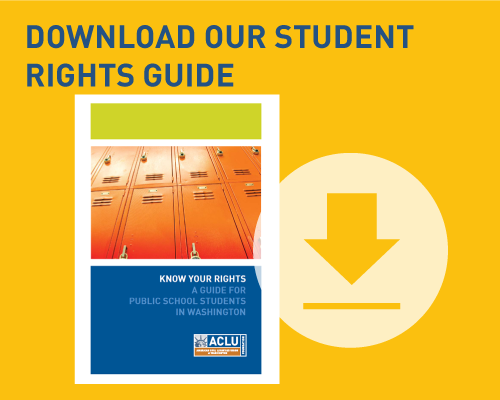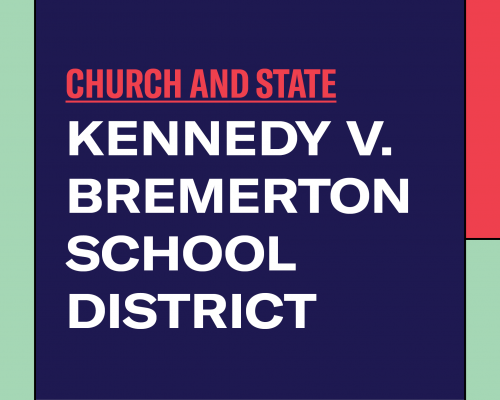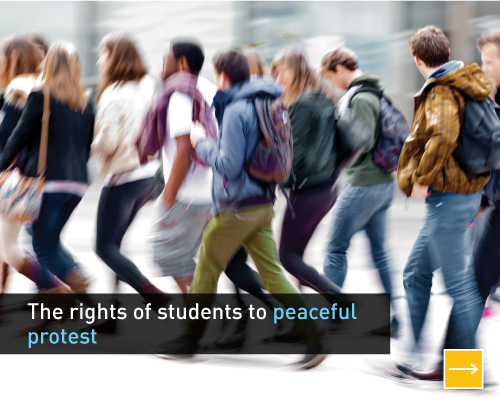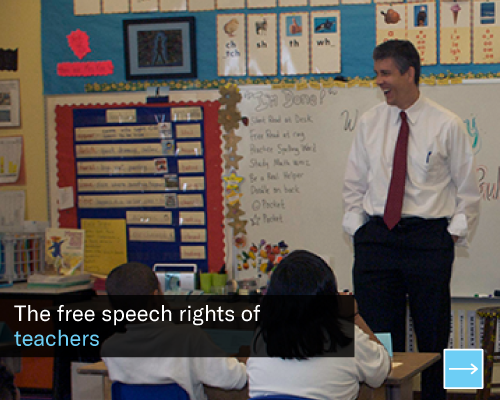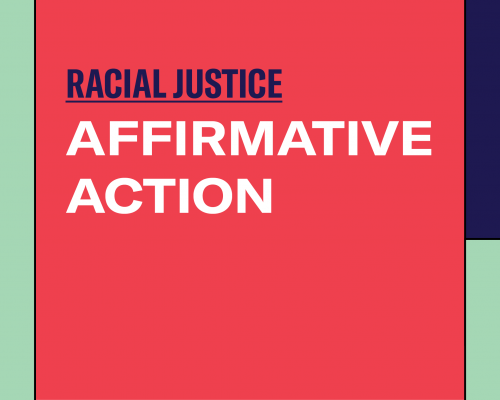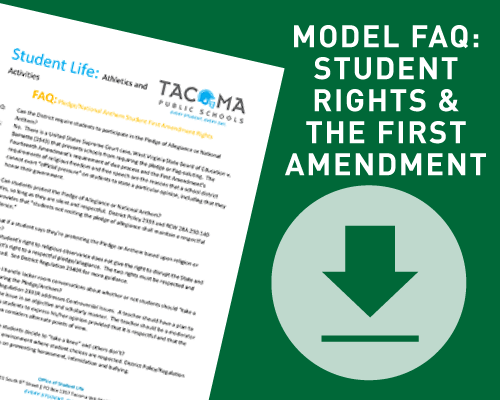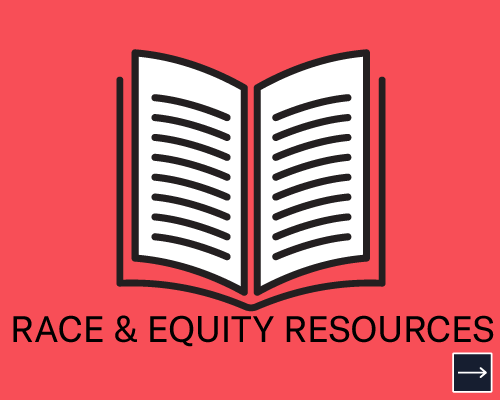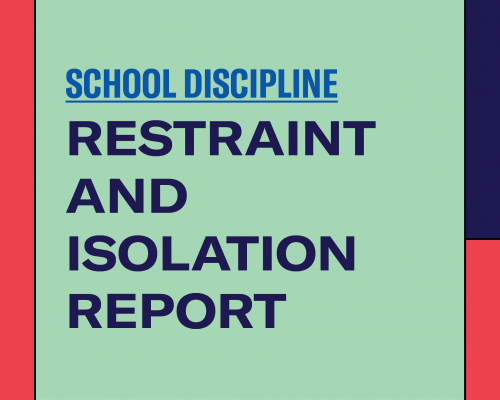A Guide for Administrators, Teachers, Parents, and Students
The First Amendment of the Bill of Rights protects the right not to stand during the Pledge of Allegiance or the National Anthem, regardless of a student’s reason. In America, compulsory displays of patriotism are unconstitutional and contrary to our democratic ideals.
The law says schools must respect students’ First Amendment rights. But justice is more than the sum of our laws. Many people, including students, have and continue speaking out and protesting America’s system of mass incarceration and the disproportionate killing of Black and Brown people by police.
As students exercise free speech in the interest of racial justice, schools have an opportunity to place their words and actions in context of our nation’s history, and to provide guidance and opportunities for every student to learn effective ways to speak up and step back; to listen, and to reflect on what they have heard. By preparing students to engage in difficult conversations about racial justice in America and by providing meaningful opportunities for this dialogue to take place, schools can help fulfill the promise of democracy.
For curriculum resources, visit our resources page and explore the topics below for more information about racial justice and students' free speech rights. Click on the images below to access additional resources.


